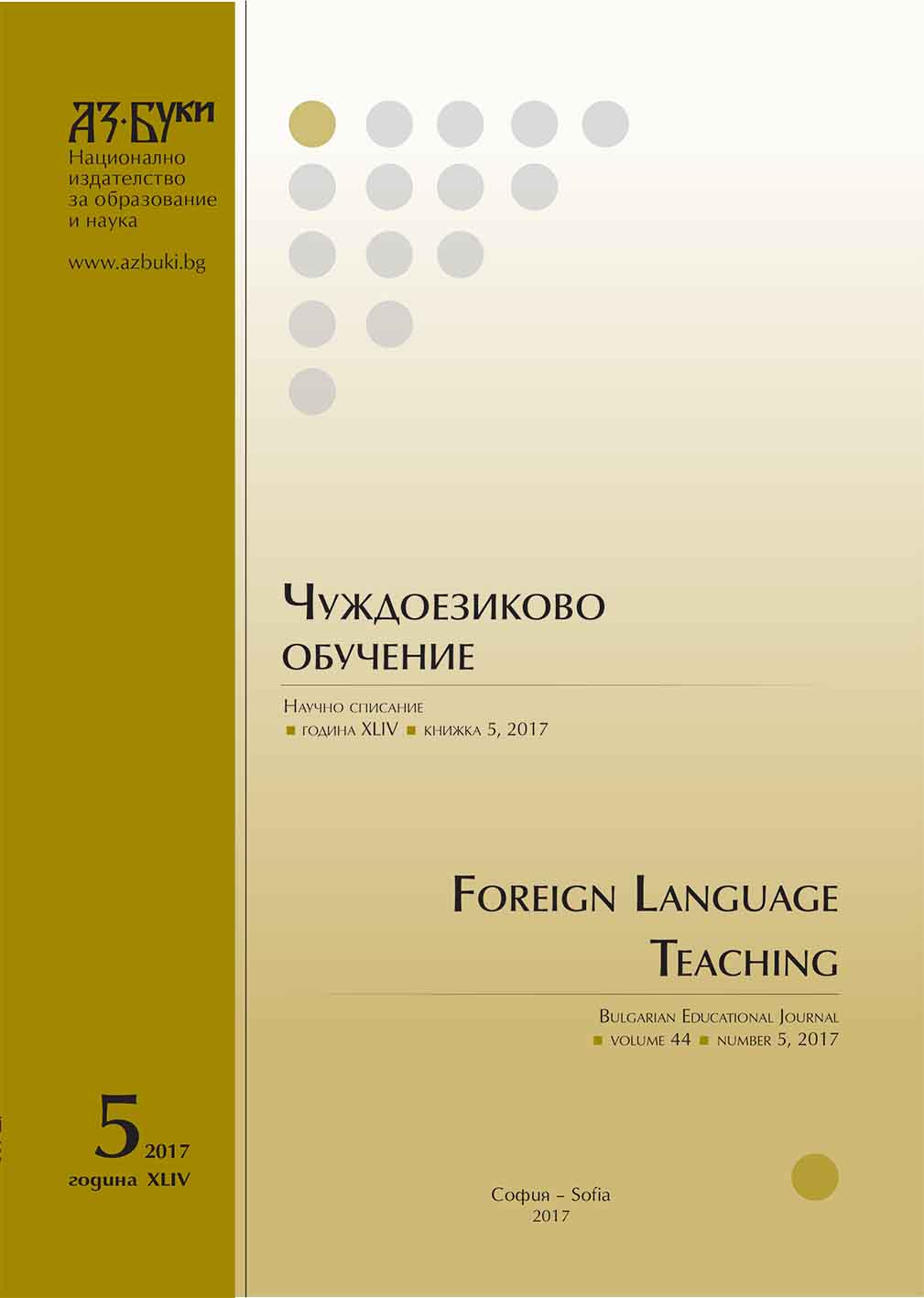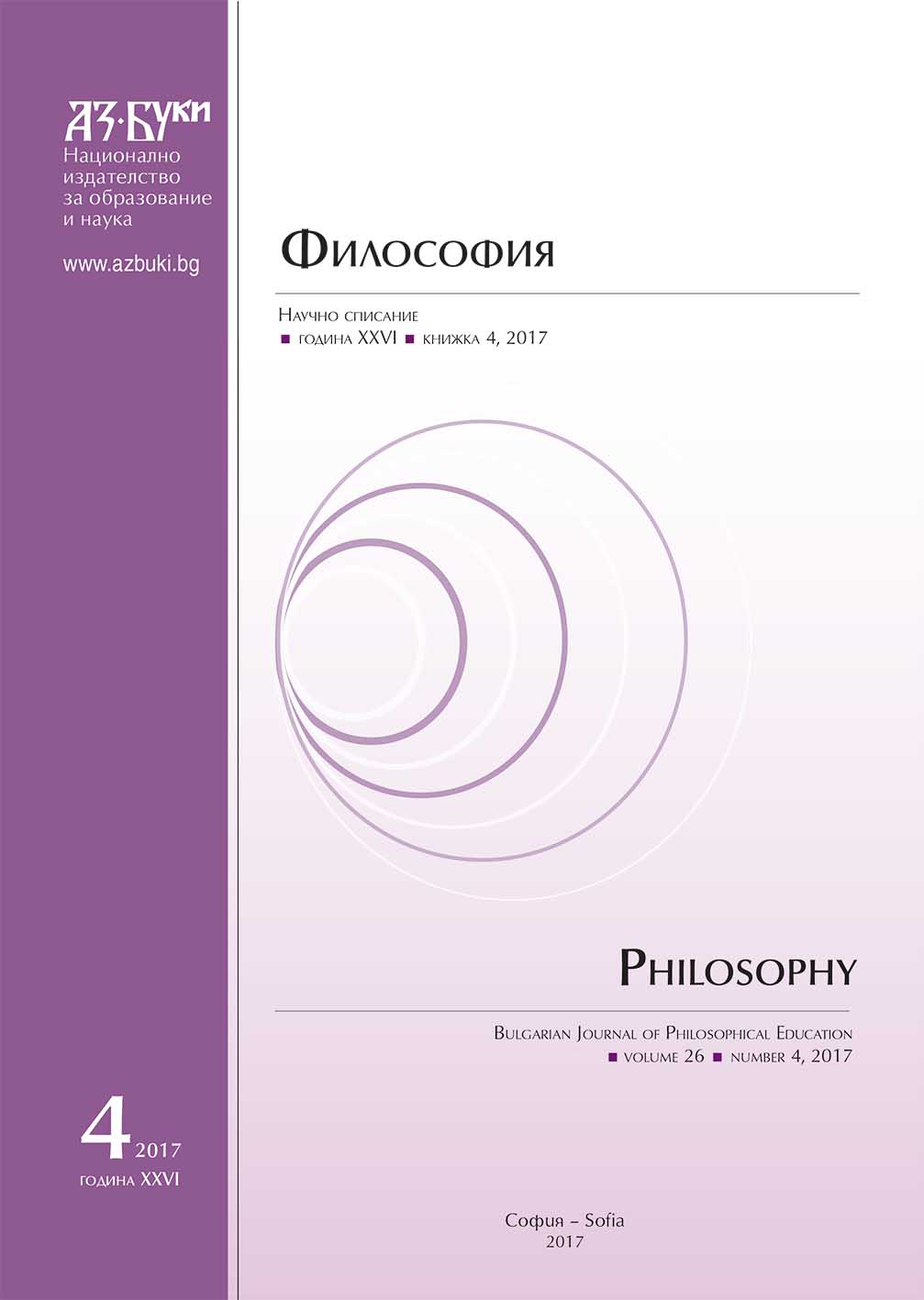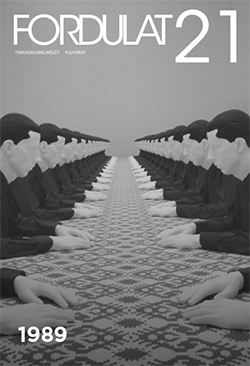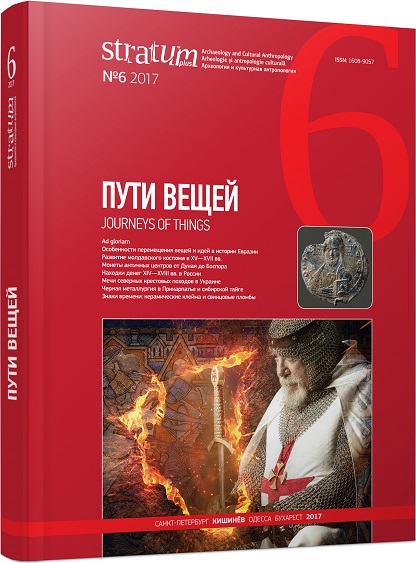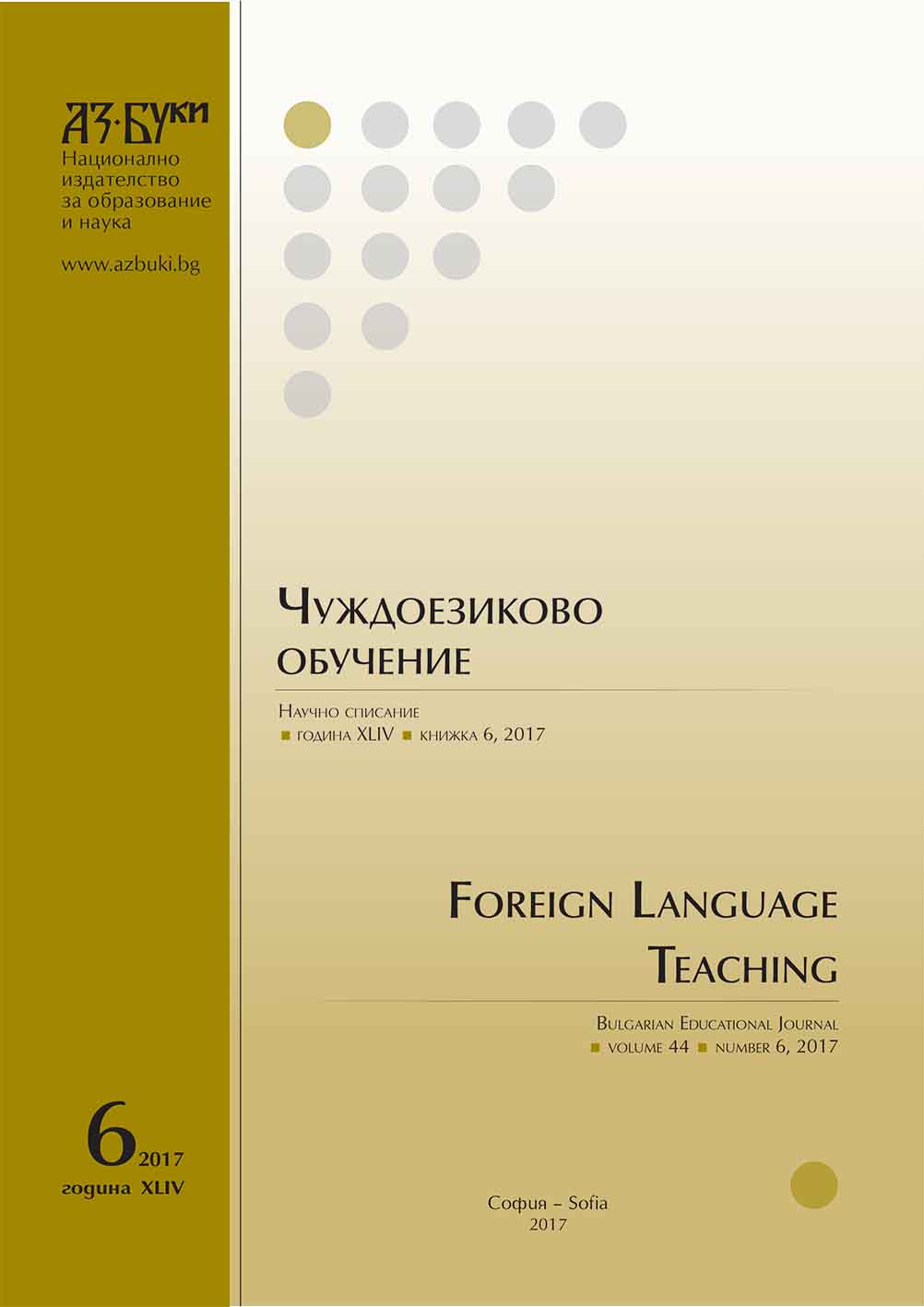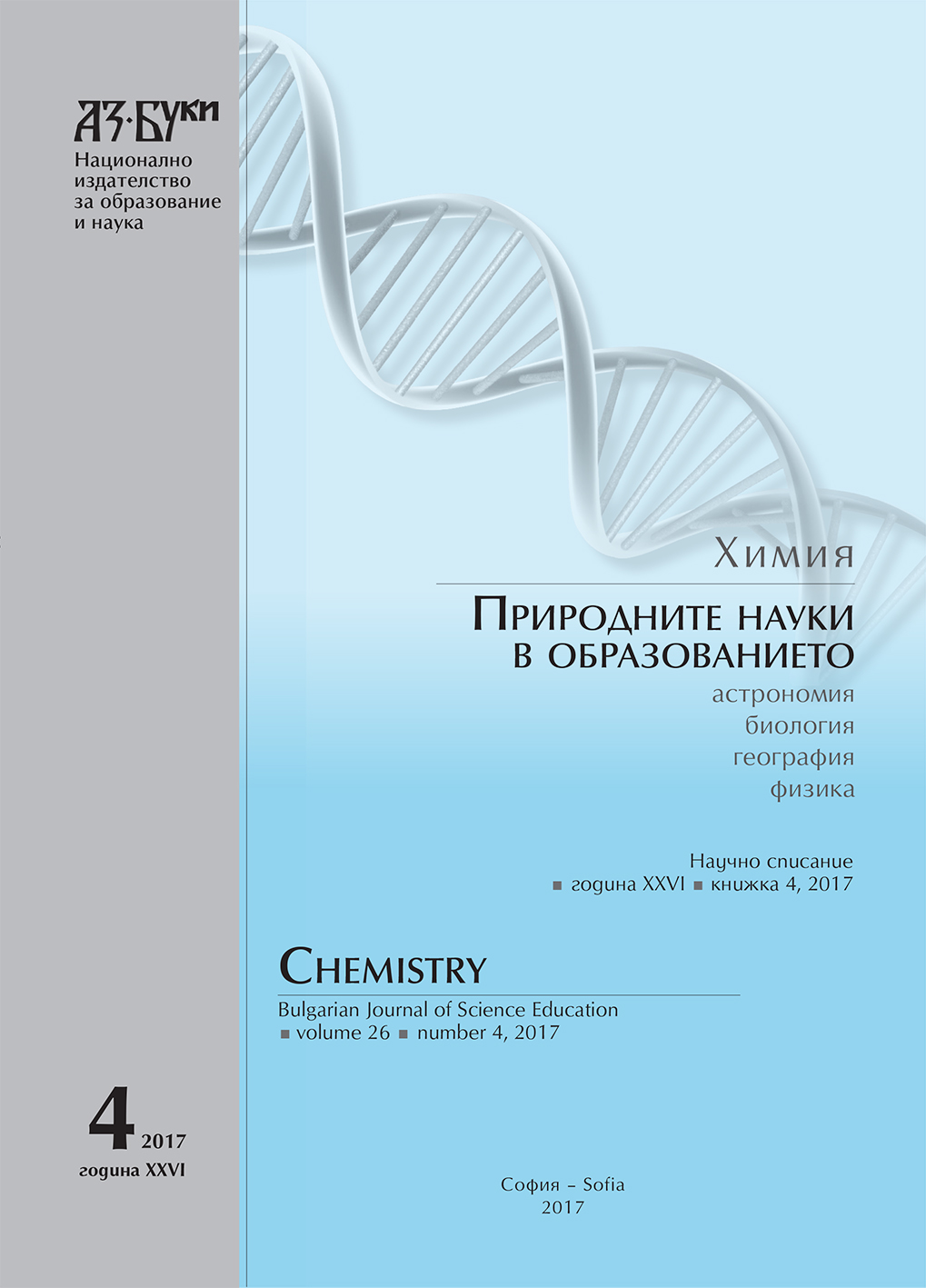
Chimerical Groups in School as a Social and Educational Phenomenon
The problem discussed is related to the need for clear socio-pedagogical parameters of (criminal groups) gangs in schools. The different interpretations link them to difficult children, youth subcultures, and street gangs while chimerical groups are a possible conceptual projection on them. We are attempting at a socio-pedagogical reading of a community of children and adolescents with deviant behavior but not juvenile offenders, which makes us face legal terms and delinquent behavior. A chimerical group of dealers, pimps, prostitutes and other subjects with deviant behavior at school imitates the behavior of criminal groups in society, borrowing mechanisms and means and also creating their own social networks. Unlike real life criminal groups, though, chimerical groups are a subject of education activities as a function of the school institution. The most timely the pedagogical intervention of the school institution (not only as socializing and training), the greater the chances these children and adolescents’ lives to be saved and their personality preserved.
More...
